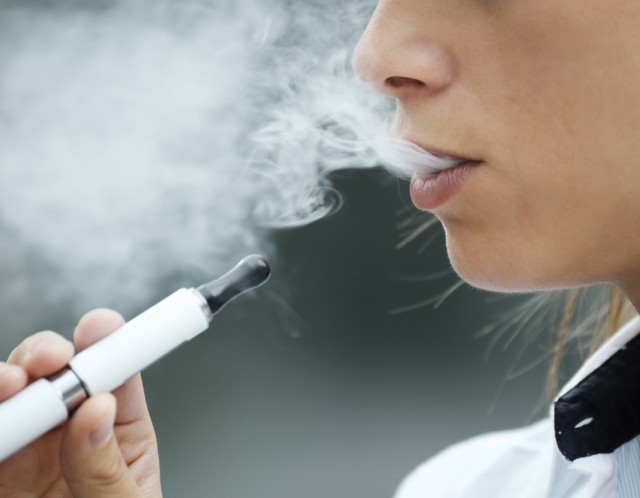“Although the proposed rule does make long awaited changes such as restricting the sale of e-cigarettes to minors, there are important pieces missing — such as child-proof packaging. Too many children have ended up poisoned by the devices,” Speier said.
Sen. Barbara Boxer (D-Calif.) also immediately responded to the FDA's move and called for further action.
"Now it is time for the Administration to take the next important step by banning the outrageous marketing of e-cigarettes to our kids, including the use of candy flavors and cartoon advertisements that are shamelessly designed to lure and addict them," Boxer wrote in an email statement.
E-cigarettes are plastic or metal tubes about the size of a traditional cigarette that heat a liquid solution containing nicotine. That creates a vapor that users inhale. Their popularity has soared in recent years.
This has led some cities in California to regulate their use in public. Richmond, Long Beach and Los Angeles all have some form of a public ban of e-cigarettes.
San Francisco passed its own ordinance in March that takes effect this Saturday. It treats electronic cigarettes as regular cigarettes, effectively banning them at bars, restaurants and businesses. Sellers will also have to secure a special permit, and e-cigarettes can’t be sold at pharmacies and other businesses where tobacco sales are banned.
Some have welcomed the e-cigarette trend as a way to prevent people from smoking traditional cigarettes, which are far more dangerous, and to help smokers quit.
Others fear the devices will addict nonsmokers to nicotine and eventually lead to more people smoking. That has fueled calls for the FDA to assert its authority over the devices. Although e-cigarettes are generally considered much safer than traditional cigarettes, some fear that not enough research has been done to know what risks they may have.
"We call the current marketplace for e-cigarettes the Wild, Wild West," said Mitchell Zeller, who heads the FDA's Center for Tobacco Products. "We will be in a position to ensure that the products are as safe as they could possibly be."
The FDA had previously attempted to regulate e-cigarettes, but that effort was thwarted in court. The agency recently signaled, however, that it planned to try again. Thursday's announcement will make that official.
The proposal would also require any new e-cigarettes to get FDA approval before being sold, and demand that current products provide a justification for remaining on the market.
The announcement stopped short of more aggressive regulation that some critics had called for, including restricting or banning fruit flavors and other sweeteners that may appeal to young people.
It also won't restrict television advertising and online sales, as some had hoped. But Zeller and Hamburg said Thursday's move is the first step that could lead to such measures if the agency determines that those are needed.
"This announcement starts the process that will give us the authority to actually get out there and regulate e-cigarettes," Hamburg said.
The FDA also is proposing regulation of a variety of other tobacco-related products, including cigars, nicotine gels, pipe tobacco and water pipes.
E-cigarette companies and anti-smoking advocates had just started to review the FDA's proposal. But at least initially the industry welcomed the FDA's plans, apparently relieved the agency had not gone further.
"We are extremely relieved that all e-cigarette companies will be regulated, and forced to achieve and maintain the same high standards that Vapor Corp. and several of our responsible competitors, have been imposing on ourselves for years," Jeffrey Holman, president and director of the Dania, Fla., company, said in an email to Shots (health news from NPR).
Public health advocates generally welcomed the move as an important first step, but expressed disappointment that the agency had failed to regulate the devices more aggressively right away.
"This action is long overdue," said Matthew Myers, president of the Campaign for Tobacco-Free Kids. "It is inexcusable that it has taken the FDA and the administration so long to act. This delay has had serious health consequences, as these unregulated tobacco products have been marketed using tactics and sweet flavors that appeal to kids."
